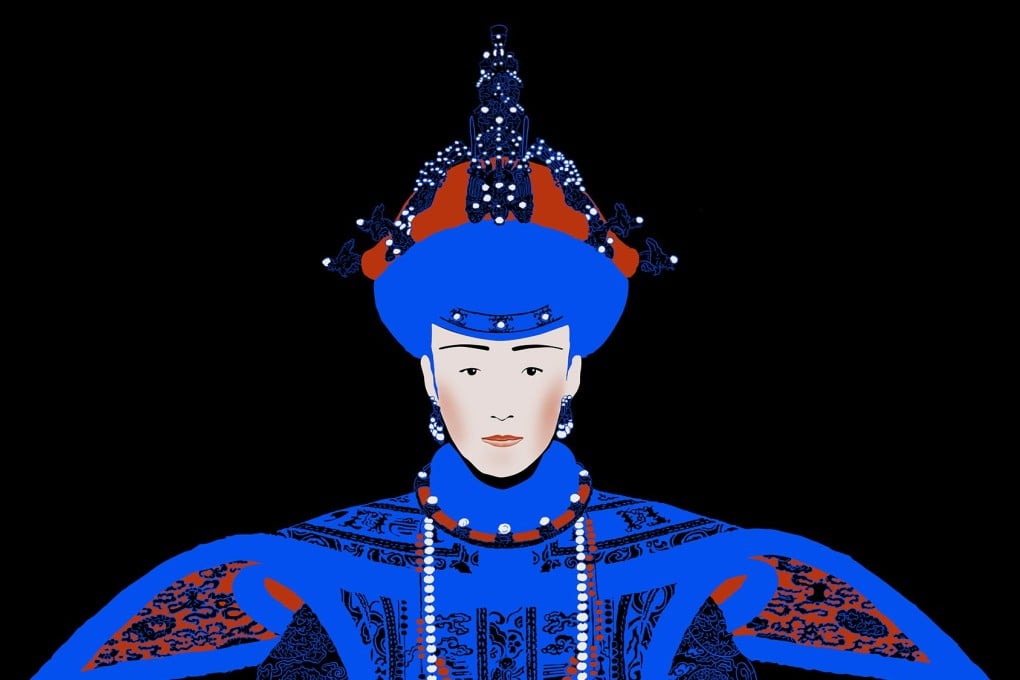For Forbidden City concubines in imperial China, beauty was more of a curse than a blessing
- A select group of concubines was tasked to bear children for the emperor – as many as he could father
- Most would spend their lives in bitter loneliness and, unsurprisingly, jealousy was rife

All women living in the Forbidden City were carefully sequestered in the imperial quarters deep inside the palace. They were restricted to the inner court and forbidden from venturing out of the northern section.
Most women in the Forbidden City were employed as maids and servants, but there was also a select group of concubines whose task was to bear children for the emperor – as many as he could father. Those who gave birth to male offspring were elevated to imperial consorts, with the empress at the top of the pecking order.
Women were selected as xiunu (elegant females) for the court as early as the Jin dynasty (265-420 AD) and the selection criteria ranged from emperor to emperor. In the Ming dynasty, for example, no household was exempt from the selection. According to statutes, all young unmarried women went through xiunu selection process. Only girls who were married or with certified physical disabilities or deformities were exempt.
But the Qing Emperor Shunzhi (1638-61) began to exclude most of the Han population by limiting selection to “Eight Banners” families, who were mainly Manchurian and Mongolian. (Eight Banners was a Manchurian administrative and military framework.)
The Board of Revenue sent notices to officials in the capital and provincial garrisons to enlist the help of clan heads. The banner officials then submitted a list of all available females to the commanders’ headquarters in Beijing and to the Board of Revenue.
Requirements for selection